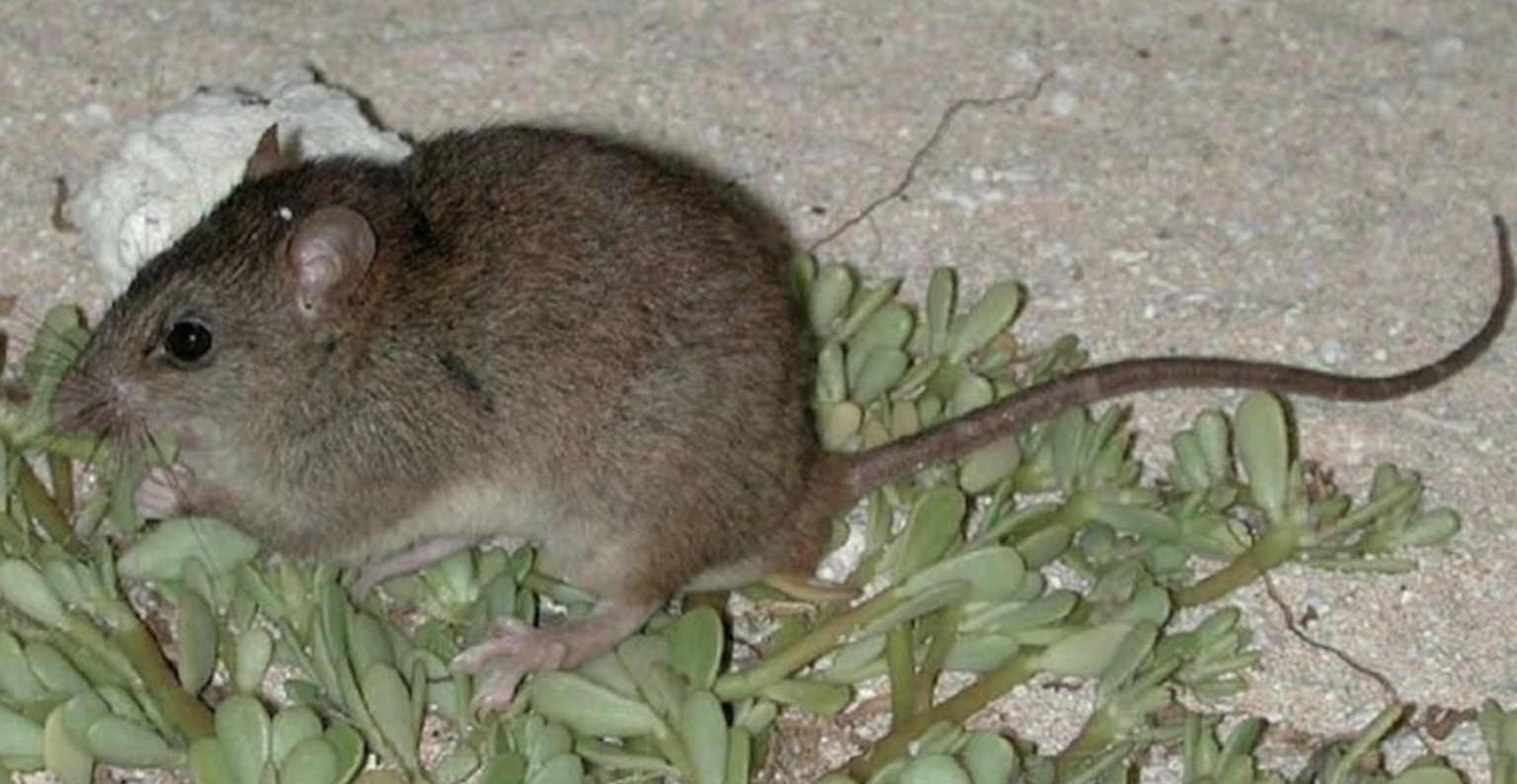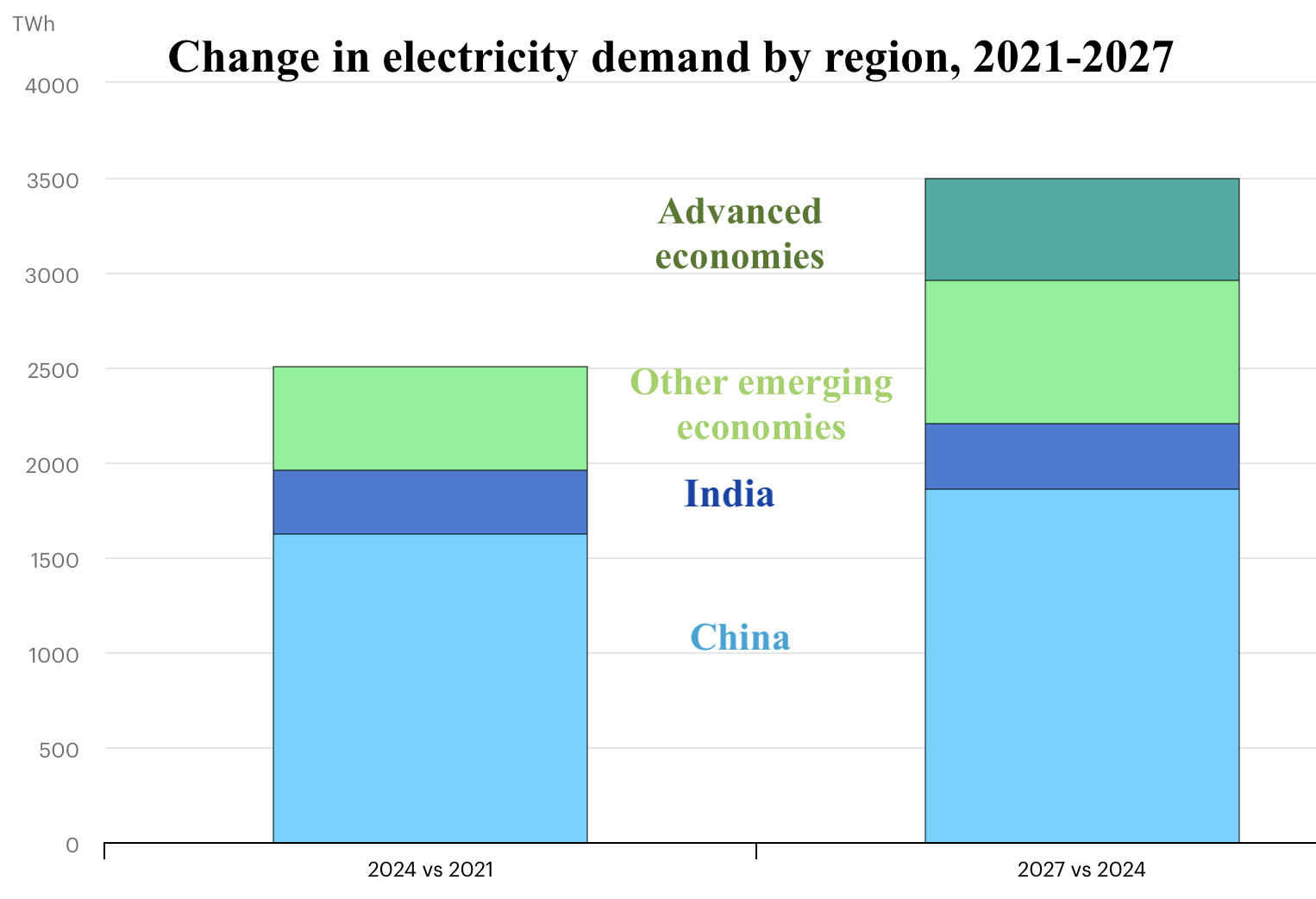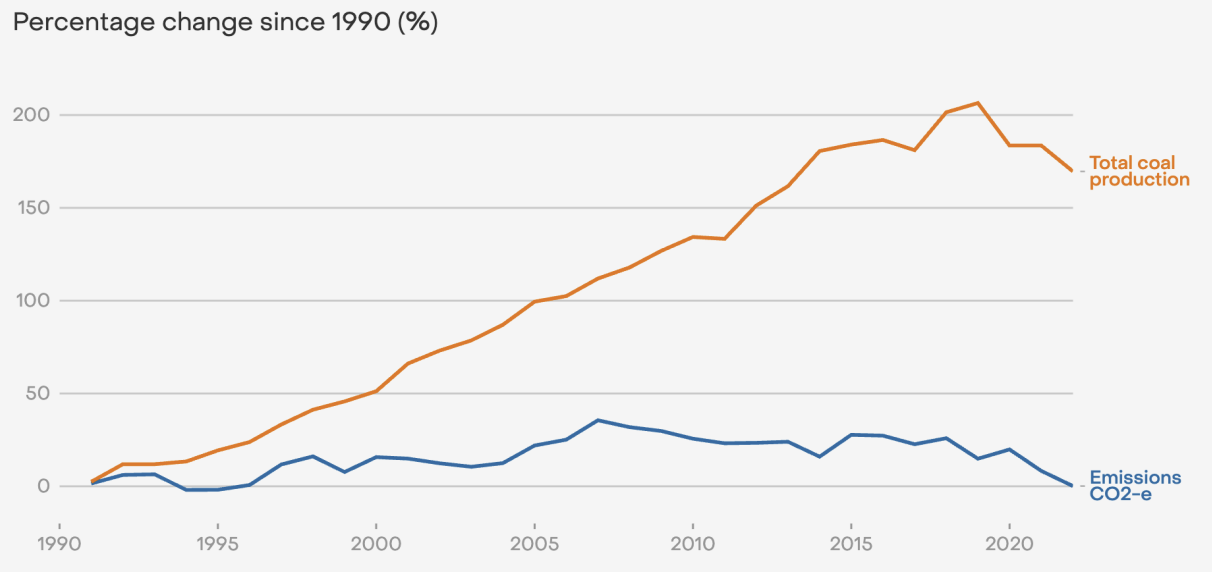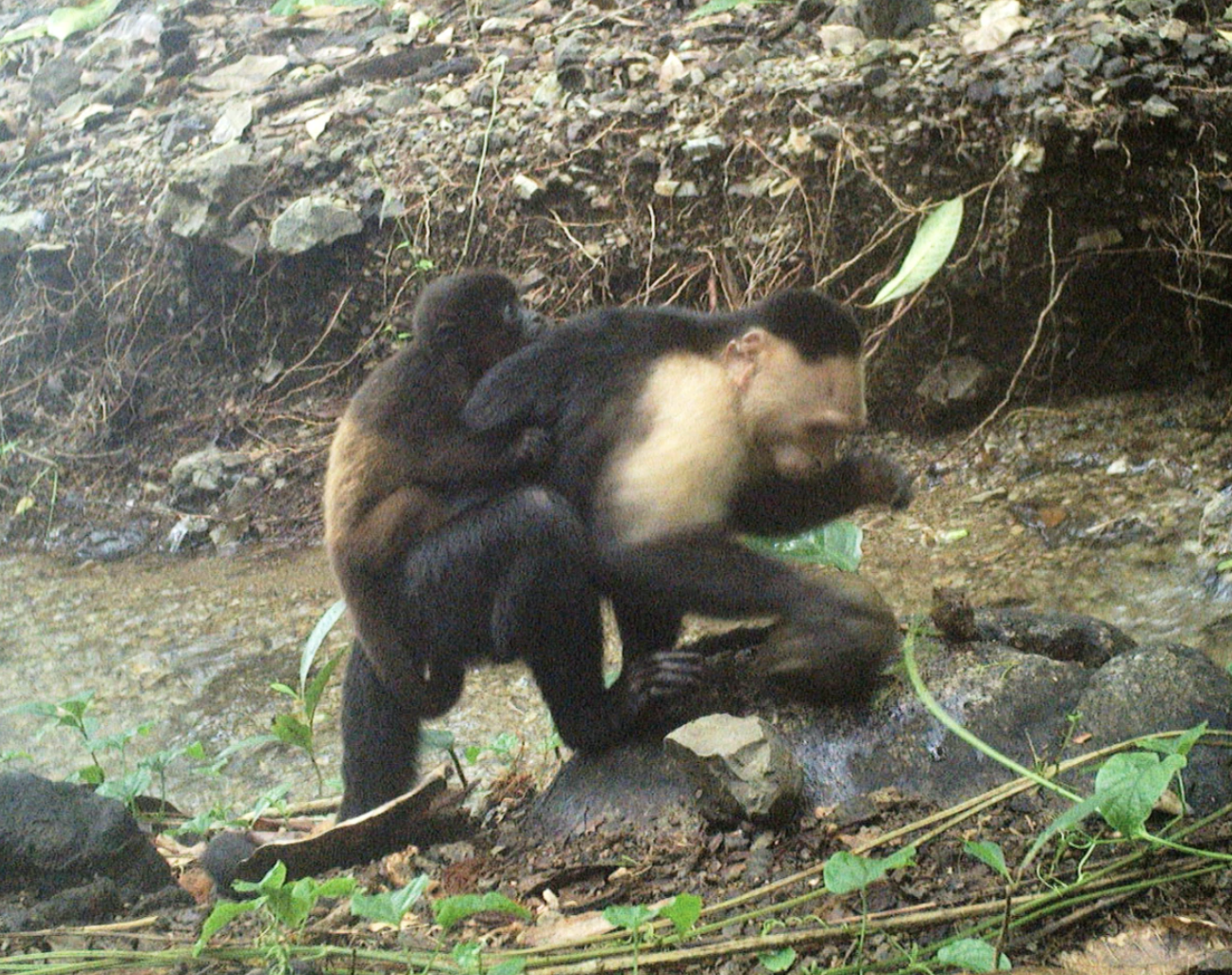Environment: 5% of animal species currently threatened by climate change
June 8, 2025
An Australian rodent was the first mammal to be driven to extinction by climate change. Renewables will supply almost all of global electricity’s 4% per year growth. Four personal behaviour changes could remove much of the average person’s carbon footprint.
About 25% of all animal species are currently considered to be at risk of extinction – 39 species are extinct in the wild. Internationally, 71,000 animal species have been assessed for their vulnerability to extinction. This is 5.5% of the 1.3 million animal species that have been described, but less than 1% of the, let’s say, eight million animal species that are thought to exist on Earth.
A new assessment has estimated that of the 71,000, 5% are at risk of extinction because of climate change. Droughts threaten 1735 (48%) of the climate-threatened species, altered habitats 1646 species (46%), storms or flooding 924 species (26%) and temperature extremes 792 species (22%).
The commonest sources of threat to terrestrial and freshwater animals are droughts and habitat change, and to marine animals storms, flooding and temperature extremes.
The number of species threatened by climate change varies greatly. For instance:
Spiders 26%
Amphibians 10%
Insects 6%
Mammals 5%
Birds 5%
Reptiles 2.6%
An extreme weather event such as the Australian bushfires of 2019/20 can cause mass mortalities. However, climate change can also have a slower influence on a species’ vulnerability to extinction by influencing, for example, its physiology, behaviours, life cycle, interactions with its own and other species, distribution, food sources, migration patterns and reproductive success.
Some animal populations have already started to collapse as a result of climate change, for example Pacific cod and European bumble bees. Marine invertebrates are particularly at risk and some, such as snow crabs in the Bering Sea, molluscs in the eastern Mediterranean and corals on the Great Barrier Reef, have already lost large numbers.

In 2019, our own Bramble Cay melomys had the unfortunate distinction of being the first mammal to be declared extinct as a result of climate change. Rising sea levels made Bramble Cay in the Torres Strait, its only home, uninhabitable for the native Australian rodent.
Global electricity demand will keep increasing
Global electricity demand is increasing at about 4% per year and this is expected to continue for at least the next three years. At that rate, demand will double every 18 years. The increased demand is largely due to growing industrial production, rising use of air-conditioning, accelerating electrification and the expansion of data centres and AI.
As in the last three years, most of the increase will occur in China, India and other emerging economies (excepting sub-Saharan Africa where growth continues to be slow). Unlike recent years, demand will also increase in advanced economies between now and 2027 as a result of increased use of, for instance, EVs, air-conditioners and heat pumps.

About 95% of each year’s increase in demand for electricity will be supplied by renewables, particularly solar, wind and hydro. In advanced economies, renewables will more than meet the increased demand, and even in China, renewables will supply 90% of it. Increasing nuclear energy is also expected to contribute, particularly in France, Japan, China, India and South Korea.
Multiple places have experienced interruptions to electricity supplies in recent years as a result of, for instance, extreme weather events damaging transmission lines, droughts reducing hydropower generation, and consumer demand increasing during heat waves and cold snaps. Electricity production and distribution systems will need to become more resilient to deal with weather extremes, especially as such events are becoming more unpredictable in both time and place – for instance, the polar weather that crashed Texas’ power system in February 2021, ex-tropical Cyclone Alfred that hit south-east Queensland and NSW in March, and the power system collapse in Spain and Portugal in April.
It is, of course, a sign of progress that renewables will supply all but 5% of the annual increase in global demand for electricity. However, the fact that the remaining 5% will be supplied by nuclear, coal and gas means that energy systems are set to continue emitting more greenhouse gases each year. More than 30 years after the United Nations Framework Convention on Climate Change was established, global GHG emissions are still increasing.
Individual behaviour change could eliminate GHG emissions
I never thought I’d write those words. And to be honest, I am leading you down the garden path somewhat. More accurately, 11 pro-climate behaviour changes could theoretically cancel out the GHG emissions of the average global person (about 6.3 million tonnes per year) but simply telling individuals what they should do will deliver only 10% of these reductions. The other 90% will remain locked away unless community groups and NGOs, businesses and all levels of government work together to ensure that the behaviour changes required of individuals are easy to do, affordable and personally beneficial; beneficial for everyone, not just wealthy and/or highly motivated people.
"… the ‘carbon footprint’ narrative has obscured where our true power lies. This individualistic framing fragments our collective strength, keeping us focused on isolated personal behaviors rather than the transformative power of collective action. Rather than calculating our carbon math, our most meaningful individual action may be expanding our collective civic footprint. This can transform not just what we consume, but what choices exist for everyone.’ (I like the idea of expanding the collective civic footprint.)
Of all the possible emissions-reducing behaviour changes that individuals could undertake, four have the greatest potential climate impact provided they are supported by governments and widely adopted by the population:
- Get rid of your personal petrol-driven vehicles and walk, cycle, use public transport and, if you need a vehicle, invest in an EV or hybrid. Living car-free is 78 times more impactful than composting. That’s not to say you shouldn’t compost, just don’t stop there.
- Replace flying with video-conferencing, travelling by train, EV or hybrid travel, and holidaying closer to home.
- Install rooftop solar, a battery and a heat pump, upgrade home insulation, consider moving to a smaller house.
- Reduce consumption of meat (particularly beef and lamb) and dairy products. Becoming a locavore, buying organic and reducing consumption of processed foods are all good things to do, but don’t have anywhere near the climate impact of eating more plant-based food.
Supportive physical infrastructure and policies, incentives/disincentives and social acceptability will be required to drive the many changes needed. Supportive strategies will include cheap, reliable, safe public transport, public EV chargers, bike lanes and end-of-trip facilities, financial subsidies for solar panels and batteries, product packaging take-back schemes, positive marketing of plant-based foods, tasty vegetarian options in educational and work cafes, community campaigns to pressure businesses to replace environment-unfriendly products with sustainable ones, clear information about the what, the why and the how of personal behaviour change, and personalised commitments and reminders.
Australia’s high coal mine methane emissions
Australia’s coal mining has changed dramatically during the last 30 years. Total coal production in 1990 was about 200 million tonnes (Mt), of which about three-quarters was from surface or open-cut mines. Production had trebled by 2019 to peak at just over 600 Mt, of which 516 Mt (85%) was open-cut. Since 2019, production has tailed off a little.

Interestingly, despite the increased coal production, methane emissions from coal mining have changed very little.

It’s difficult to know if this is because open-cut mining is associated with fewer methane emissions than underground mining or the greater difficulty of measuring emissions from open-cut mines or the change from actual measurement of underground emissions to just estimating open-cut emissions or the change from state-led to facility-based methane emissions reporting. Some might conclude, however, that there are grounds for cynicism about the reported stability of methane emissions.
What is not in doubt is that Australia is the sixth largest emitter of methane from coal mines globally and that the climate impact of the methane emissions from Australian coal mines in 2024 was greater than the impact of the emissions from Australia’s entire transport sector. Compounding the tragedy is that there are cheap and effective technologies available to reduce fugitive methane emissions.
Well I never …
… 54% of members of Australian Energy Producers think that our climate policies have a strongly negative effect on investment decisions. I was so astonished you could have knocked me over with a feather.
(Until two years ago, the AEP was the far more informatively named Australian Petroleum Production and Exploration Association, although it would have been even more accurate if it had included Gas in the title.)
According to the survey report:
“Stringent environmental requirements, particularly around greenhouse gas emissions, are becoming increasingly challenging to meet. Projects are also increasingly facing legal challenges from environmental groups or other stakeholders, even after receiving initial approvals.” Silly me, I thought one of the goals of environmental requirements was to reduce greenhouse gas emissions!
As it’s so difficult to get project approval and as this is scaring off investors, no doubt Santos will now abandon the Narrabri and Barossa gas projects, Woodside will dump the Scarborough Energy Project and North West Shelf extension, Australian Pacific LNG and Origin Energy will walk away from proposals for new gas wells in Queensland, to name just a few of the projects that must now be too challenging to proceed.
AEP members probably think that wind farm developers have it easy. Last December, Queensland’s LNP government approved the Moonlight Range wind farm and battery project near Rockhampton. Last week, the approval was reversed by the deputy premier. Three other wind projects have also been put on hold.
Capuchins ‘kidnap’ howlers
The verb is inappropriately anthropomorphic, but this story and short video (about monkeys, not friars) is astonishing. I strongly encourage you to check it if you are at all interested in primate behaviour. While both participants seem content with the arrangement, temporarily anyway, I imagine there’s a grieving mother somewhere (oops, sorry, guilty as charged).

The views expressed in this article may or may not reflect those of Pearls and Irritations.

